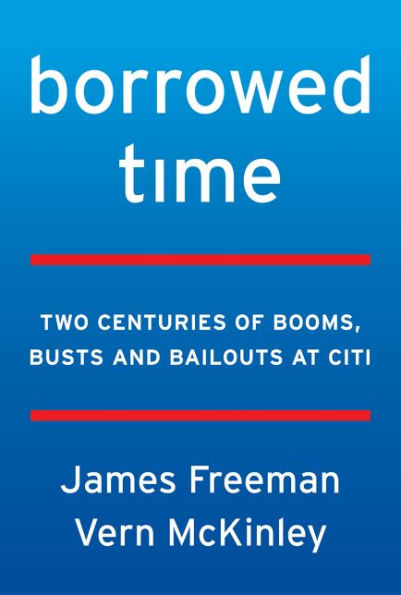5
1

Borrowed Time: Two Centuries of Booms, Busts, and Bailouts at Citi
384
Borrowed Time: Two Centuries of Booms, Busts, and Bailouts at Citi
384Related collections and offers
23.99
In Stock

Product Details
| ISBN-13: | 9780062669889 |
|---|---|
| Publisher: | HarperCollins |
| Publication date: | 08/07/2018 |
| Sold by: | HARPERCOLLINS |
| Format: | eBook |
| Pages: | 384 |
| Sales rank: | 1,006,940 |
| File size: | 1 MB |
About the Author
From the B&N Reads Blog
